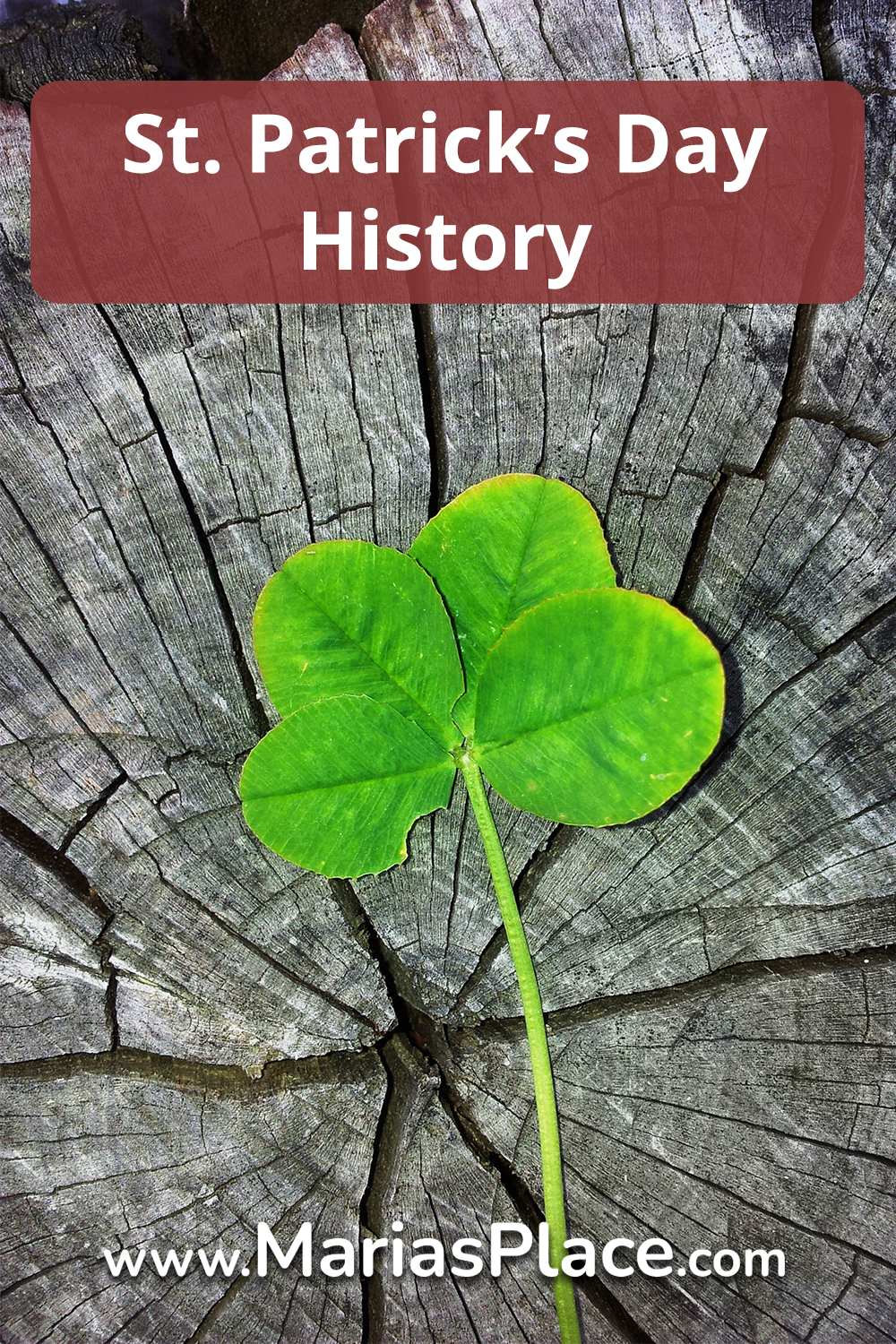Who Was St Patrick?
St Patrick is the Patron Saint of Ireland, and he was born in the second half of the fourth century. It is thought that he spent his childhood in Scotland or Wales.
At age around 16, he was kidnapped and sold into slavery in Ireland, where he spent time and worked as a herdsman of sheep and pigs. During this time of his life, St Patrick became increasingly religious.
He later escaped back to England and his family. While there, he had a dream that the Irish were calling him to tell them about God. St Patrick spent the next 12 years in a French Monastery training as a priest. He then returned to Ireland as a bishop with the Pope’s blessing.
The next 20 years were spent traveling around Ireland, baptizing people, and establishing monasteries, schools, and churches as he went. He spent 20 years on his mission and organized the church in Ireland.
St Patrick died on the 17th of March in the second half of the 5th century.
Many legends are associated with St Patrick.
One of the better knowns is that when he arrived in Ireland, he used the shamrock as a symbol to explain the concept of the Holy Trinity to the people.
The most famous legend of all is the banishing of snakes. The story goes that St Patrick drove all the snakes in Ireland into the sea, where they drowned. Apparently, snakes were sacred to the Druids, and banishing snakes removed the Druids' pagan influence on the people.
Present-day celebrations.
St Patrick’s Day is a day to celebrate all things Irish. Every town and city in Ireland has a parade that winds through its streets. Many other countries worldwide celebrate it too, and the biggest parade of all is held not in Ireland but New York.
A good parade has marching bands, Irish dancers, and representations by many different organizations with children and adults alike marching. Floats that are adorned very creatively with all things Irish are a big part of all parades and the streets are lined with thousands of spectators.
Many people will wear a little piece of fresh shamrock on their lapel or a shamrock emblem to mark the day. After the parades, the pubs in Ireland fill up, and people have a drink to celebrate. This custom is often called “Drowning the Shamrock.”
St Patrick’s Blessing
As he brought new faith to Ireland
So may he bring out in you
A touch of Irish kindness
In everything you do.
And through the good St Patrick
May your home and life be blessed
With all the special favors
That makes you happiest.
Adapted from a blessing by the Norbertine Fathers
Sources:
https://www.irish-genealogy-toolkit.com/history-of-st-patrick.html
https://www.irishcultureandcustoms.com/ACalend/StPatWorld03.html






